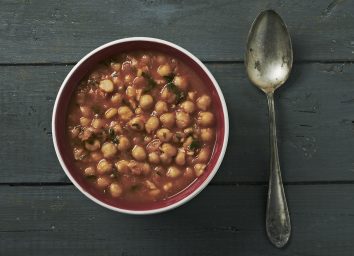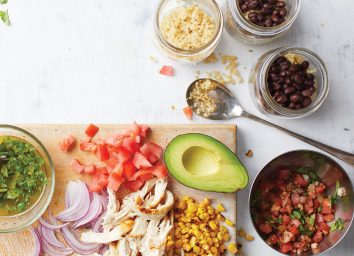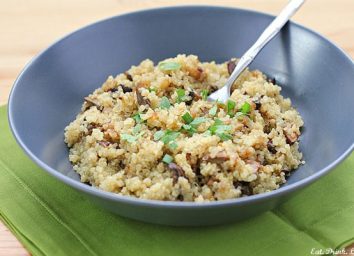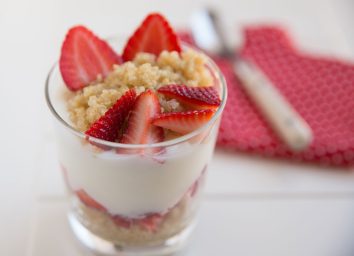What Is Millet and How Do You Cook It?
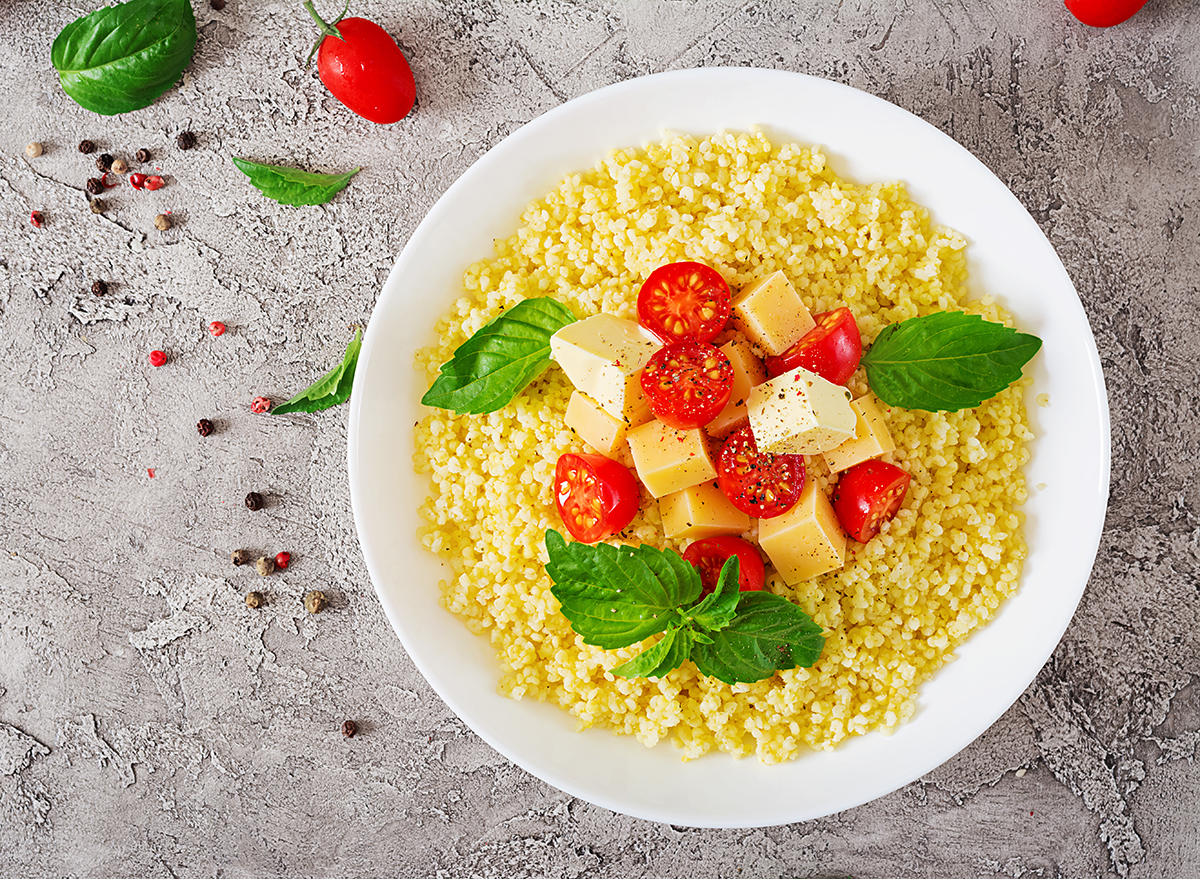
There is a multitude of grains growing around the world such as quinoa, sorghum, and teff. There is one particular grain that doesn't get as much recognition, even though it's believed to have over 6,000 varieties and is considered one of the oldest in the world. Still, it only recently experienced a resurgence of interest in the U.S. Yes, the grain we're referring to is millet.
So there's a chance you might be wondering what exactly is millet? Recipe developer and wellness writer Beth Lipton is familiar with the grain, so we called on her to give us more insight on what it is and how to cook it correctly.
What is millet?
"Millet is technically a seed, but it's mostly marketed as a gluten-free whole grain," says Lipton.
When you hear the word millet, the first thing you may think of birdseed, as it's one of the main ingredients. While it may be known as food for the birds in the U.S., in various other countries, it's considered a staple.
Classified as an ancient grain like quinoa, millet is actually a quarter of the cost, making it much more affordable to make in larger quantities. Similar to many other whole grains, it can be purchased in either its true form as a grain, as flakes, and even ground as flour.
What does millet taste like, exactly?
"Millet is very mild, with a slight sweetness and a hint of nuttiness," says Lipton. "It doesn't have a very distinct flavor on its own; it will take on the flavor of what it's cooked in or with."
Unlike most other grains—namely farro and buckwheat—millet has a fluffy texture once cooked rather than a chewy one.
How do you cook millet?
Lipton says that millet is cooked like rice. She provides some simple instructions to help get you started.
Instructions:
- Rinse and drain one cup of dry millet.
- Warm a couple of teaspoons of olive oil in a pan, add the millet and cook over medium heat, stirring, until the water has evaporated and the millet is beginning to lightly toast and smell nutty. About three minutes.
- Add 2 cups water (or broth, or a combo) and a few pinches of salt, bring to a boil, then reduce the heat to a simmer, cover and cook undisturbed until the millet is tender. About 20 minutes.
- Take it off the heat and let it stand with the cover on for five minutes (don't stir yet). Taste it and make sure you like the consistency (let it steam for a few more minutes, if not), drain off any remaining water and you're good to go.
What dishes can you prepare millet in?
"When I was in culinary school at Natural Gourmet Institute, we used to make a breakfast porridge out of millet," says Lipton. "You can also use it anywhere you would use rice, so try it in your favorite pilaf, or even under a stir-fry."
Hopefully, now you have a good understanding of what millet is and how you can cook with it.
